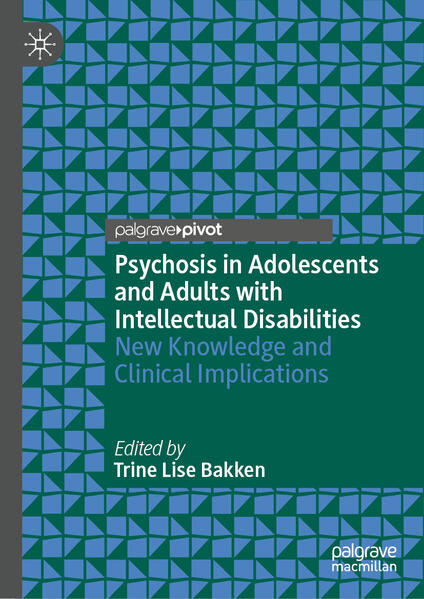
Zustellung: Do, 10.07. - Mi, 16.07.
Versand in 4 Wochen
VersandkostenfreiBestellen & in Filiale abholen:
This book provides an overview of the characteristics of psychosis and psychotic symptoms, as well as treatment and interventions, in adolescents and adults with intellectual disabilities. It guides readers to understand key principles in diagnostic assessment, differential diagnostics, and treatment by examining the manifestations of psychotic symptoms and providing diagnostic tools and checklists. The research history and phenomenology of the symptoms is complemented with a discussion of the most common diagnostic challenges: is it psychosis, or autism spectrum disorder, PTSD, OCD, anxiety, or physical or neurological disorders, or physical pain?
This accessible volume includes perspectives on developmental, behavioural, emotional, and language impairments, and the importance of these factors in establishing adequate therapy. Combination therapy of antipsychotics and psychosocial interventions is also discussed, including psychotherapy, psychoeducation, group therapy, and multifamily groups. Drawing on research-based practice, the authors present several treatment settings to support people with intellectual disabilities and their families, as well as specialist in- and outpatient mental health services, habilitation services, and community services. This is an invaluable resource for students, clinicians, service providers, users, and families involved in the clinical care for people with intellectual disabilities and concurrent psychosis.
Inhaltsverzeichnis
Chapter 1 Introduction. - Chapter 2 A look back from the 1970s. - Chpater 3 Understanding of the symptoms. - Chapter 4 Assessment and differential diagnostics. Chapter 5 Treatment and Interventions. - Chapter 6 The services and legislation. - Chapter 7 The user perspectives. - Chapter 8 The families. - Chapter 9 Concluding remarks.
Produktdetails
Erscheinungsdatum
26. August 2025
Sprache
englisch
Seitenanzahl
100
Herausgegeben von
Trine Lise Bakken
Verlag/Hersteller
Produktart
gebunden
Abbildungen
XXII, 100 p. 2 illus.
ISBN
9783031953170
Entdecken Sie mehr
Bewertungen
0 Bewertungen
Es wurden noch keine Bewertungen abgegeben. Schreiben Sie die erste Bewertung zu "Psychosis in Adolescents and Adults with Intellectual Disabilities" und helfen Sie damit anderen bei der Kaufentscheidung.









